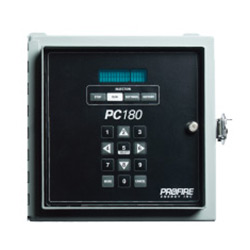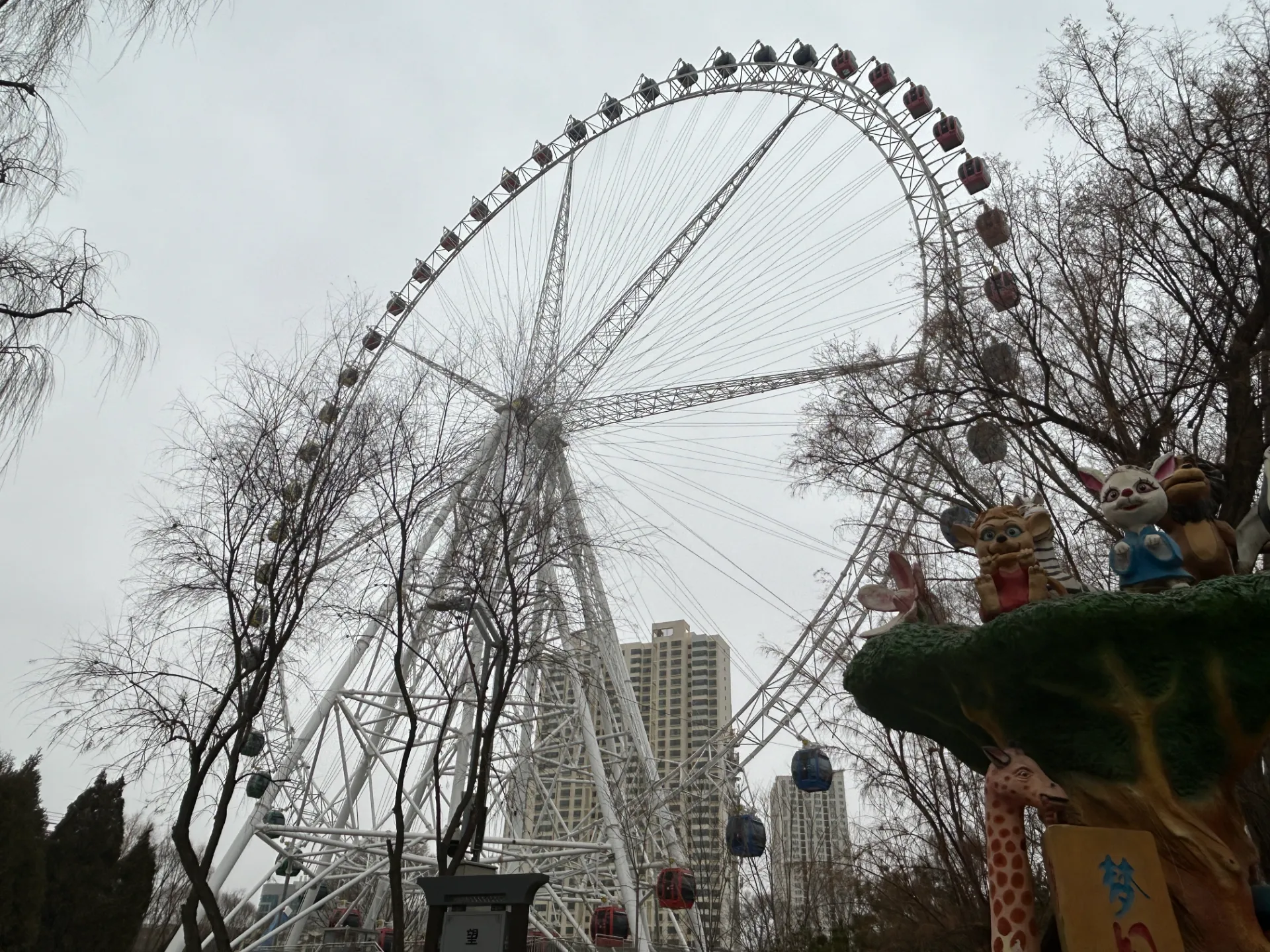- Albanian
- Arabic
- Belarusian
- Bengali
- Czech
- English
- French
- German
- Hebrew
- Hungarian
- Indonesian
- irish
- Italian
- Japanese
- kazakh
- Persian
- Russian
- Thai
- Uzbek
- Vietnamese
Ақп . 20, 2025 06:50
Back to list
different kinds of roller coasters
Roller coasters have captured the imagination and adrenaline of thrill-seekers for decades. As amusement parks evolve, so do their iconic rides, each offering unique experiences and innovations in design. Understanding the different types of roller coasters not only enhances the anticipation and excitement for riders but also helps parks distinguish themselves in a competitive market. Here we explore the multifaceted world of roller coasters, highlighting their distinct characteristics and what makes each type alluring to the masses.
Hybrid coasters blend the best of both worlds, combining steel’s flexibility with wooden structures. This synthesis allows for unprecedented designs that maintain the traditional feel of wooden coasters while integrating the loop-the-loop excitement made possible by steel. As a result, hybrid coasters often top enthusiasts’ lists, striking the perfect balance between nostalgic charm and contemporary thrill. Suspended and flying coasters introduce a new perspective to roller coaster design by altering the traditional seating arrangement. In these rides, the track is located above the train, and riders are dangled and tilted as they soar around curves and turns. The sensation of flying and the unrestricted view of the surrounding landscape create an unparalleled feeling of freedom and flight. Then, there are the spinning roller coasters, which introduce a chaotic spin dynamic on top of the usual forward trajectory. These coasters take exhilaration to the next level by allowing the ride cars to rotate independently. As a result, every ride provides a unique experience, as rotations depend on factors such as distribution of passenger weight and the physical forces encountered on the track. Each type of roller coaster draws upon engineering flair, creativity, and a fearless drive to push boundaries, delivering not just rides but unforgettable experiences. Their innovation and variability are pivotal to the amusement park industry, setting parks apart with signature rides that become symbols of their brand. The continual advancement in roller coaster technology ensures that there’s always a new ride around the corner, waiting to offer its own dose of excitement. Thrill-seekers and families alike are encouraged to explore these varying types of roller coasters, embracing not only the exhilarating highs and lows but also the craftsmanship and engineering prowess that define them. Whether experienced on a traditional wooden structure or the latest steel creation, the joy of a roller coaster ride is a timeless testament to human ingenuity and our innate love for adventure.


Hybrid coasters blend the best of both worlds, combining steel’s flexibility with wooden structures. This synthesis allows for unprecedented designs that maintain the traditional feel of wooden coasters while integrating the loop-the-loop excitement made possible by steel. As a result, hybrid coasters often top enthusiasts’ lists, striking the perfect balance between nostalgic charm and contemporary thrill. Suspended and flying coasters introduce a new perspective to roller coaster design by altering the traditional seating arrangement. In these rides, the track is located above the train, and riders are dangled and tilted as they soar around curves and turns. The sensation of flying and the unrestricted view of the surrounding landscape create an unparalleled feeling of freedom and flight. Then, there are the spinning roller coasters, which introduce a chaotic spin dynamic on top of the usual forward trajectory. These coasters take exhilaration to the next level by allowing the ride cars to rotate independently. As a result, every ride provides a unique experience, as rotations depend on factors such as distribution of passenger weight and the physical forces encountered on the track. Each type of roller coaster draws upon engineering flair, creativity, and a fearless drive to push boundaries, delivering not just rides but unforgettable experiences. Their innovation and variability are pivotal to the amusement park industry, setting parks apart with signature rides that become symbols of their brand. The continual advancement in roller coaster technology ensures that there’s always a new ride around the corner, waiting to offer its own dose of excitement. Thrill-seekers and families alike are encouraged to explore these varying types of roller coasters, embracing not only the exhilarating highs and lows but also the craftsmanship and engineering prowess that define them. Whether experienced on a traditional wooden structure or the latest steel creation, the joy of a roller coaster ride is a timeless testament to human ingenuity and our innate love for adventure.
Next:
Latest news
-
S&S Roller Coasters Thrilling Rides & Innovative DesignsMay.20,2025
-
Premium Log Flume Rides for Sale Trusted Flume Ride ManufacturersMay.20,2025
-
King Kong Roller Coaster in China Thrilling Theme Park Adventure 2024May.20,2025
-
Steel Pier Observation Wheel 360° Waterfront Views & Durable DesignMay.19,2025
-
Magical Cinderella Carousel Rides Indoor Family Fun NearbyMay.19,2025
-
White Lightning Roller Coaster Thrilling Speed & Smooth RidesMay.18,2025
